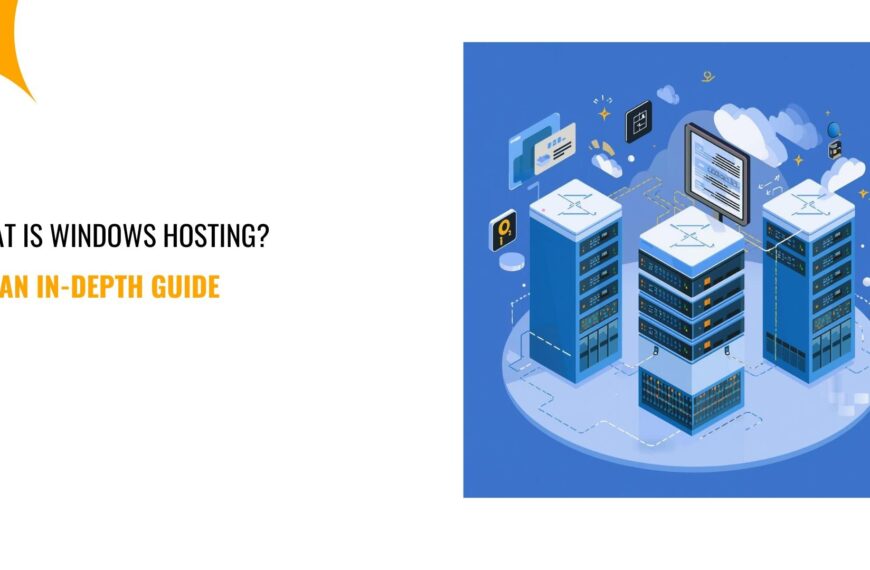Do you really need server clusters?
What is a Server Cluster?
A server cluster is a type of computer system that consists of a group of servers working together. The main purpose of a server cluster is to provide high availability and scalability.
Clusters are often used to improve the performance of web applications and databases.
One server within a cluster is known as a node; this node has its very own hard drive, RAM, and CPU resources to control.
If one server in the cluster breaks down, then operations can effortlessly transfer to another one. In the event some other server takes over, the nodes will minimize downtime and outages.
Understanding Server Clustering Capabilities
Server clustering helps shield your business against outages. These outages can occur as a result of various reasons such as:
- Application/service failures: these types of outages come due to critical errors within the software or services used to run and manage either your server or the entire data center. Such failures are often unavoidable and can be caused by several factors.
- Hardware/system failures: these occur when the hardware server runs on fails. The failures can be caused by issues such as poor optimization, overheating, or the components reaching their lifespan. CPUs, hard drives, memory, and power supplies are the most hit components because of their crucial role in a server.
- Site failures: these are failures that happen outside the data center. And events such as natural disasters are the main causes of such outages.
How do Server Clusters Work?
The servers in a cluster are typically connected to each other via a high-speed network, which allows them to share resources and workloads. This means that if one server in the cluster goes down, the others can pick up the slack.
Once connected, server clusters can be used for a variety of tasks, including load balancing, database management, and application hosting.
They are often used by large organizations that need to process large amounts of data quickly and efficiently.
What Are the Types of Server Clusters?
a). High Availability (HA) Server Clusters
An HA Server Cluster is a type of server cluster that offers high availability and failover protection for applications. It is best for mission-critical applications that need to be online and available 24/7.
b). Load Balanced Server Clusters
A Load Balanced Server Cluster is a type of server cluster that balances the load between multiple servers. This type of cluster is often used for web applications that need to be scalable and can handle a large number of requests.
c). Clustered Storage Server
A Clustered Storage Server is a type of server cluster that provides high availability and scalability for storage. This type of cluster is often used in enterprise environments where data needs to be highly available and scalable.
The Benefits of Using a Server Cluster
a). Improved Availability and Performance
Server clusters can improve performance and availability for several reasons.
First, clustered servers can provide failover capabilities in the event of a server failure. This means that if one server in the cluster goes down, the others can pick up the slack and keep the applications running.
Second, clustered servers can be used to balance workloads across multiple servers. This can help to improve application response times and overall system performance.
Finally, using a cluster with a dedicated database server can improve application speed by offloading database requests to a separate server. This can free up resources on the application servers and improve overall system performance.
b). Flexibility and Scalability
Clustering lets you scale one server to handle the increasing resource demand, deploying a multi-server architecture with clustering capabilities.
For example, if you have an ecommerce website that is starting to receive a lot of traffic, you can add more servers to your cluster to help distribute the load. This is much cheaper than buying a larger server or upgrading your current server’s hardware.
Additionally, if you need to take your website offline for maintenance, you can do so without affecting your users because they will be routed to another server in the cluster.
c). Reduced IT Costs
Server clusters are an excellent way to reduce IT costs while ensuring that your servers are fully operational.
By clustering your servers, you can prevent downtime and reduce the risk of vulnerabilities.
Additionally, clustering lowers costs by keeping your server fully operational. This means that you require fewer servers and less high-quality hardware to do the same amount of work.
What’s more, because server clusters are so self-healing, they can keep running even when a server has been compromised by malware or a hacker.
d). Customizable Infrastructure
Customizable infrastructure is a type of infrastructure that can be easily adapted to the specific needs of your organization. This ensures that your environment is specifically engineered for your workload and eliminates single points of failure.
Clustering allows you to customize your infrastructure based on the needs of your organization and applications.
Conclusion
Customizable infrastructure is the ability to tailor your server environment to meet your specific needs. This means that you can save money by using fewer servers, and by using the resources of those servers more efficiently.
Take advantage of the processing power and memory of multiple servers, without having to invest in a single, expensive server by investing in a cluster.
A cluster can be used to provide any number of services, from email and web hosting to database and file storage. And because clusters are highly scalable, you can easily add or remove servers as your needs change.
If you’re looking for a way to save money on your server infrastructure, then a cluster may be the right solution for you.
 cPanel HostingManage your website with cPanel, the most user-friendly hosting control.
cPanel HostingManage your website with cPanel, the most user-friendly hosting control. Domains SearchFrom .com to unique country domains, explore and register extensions worldwide.
Domains SearchFrom .com to unique country domains, explore and register extensions worldwide. Email HostingSimple, secure email hosting that helps you stay connected and professional.
Email HostingSimple, secure email hosting that helps you stay connected and professional. Reseller HostingStart your own hosting business with easy and reliable reseller hosting plans.
Reseller HostingStart your own hosting business with easy and reliable reseller hosting plans. AffiliateJoin our affiliate program and earn commissions every time you bring in new customers.
AffiliateJoin our affiliate program and earn commissions every time you bring in new customers. IN Domain PricesDon’t miss out on the best domain deals in India!
IN Domain PricesDon’t miss out on the best domain deals in India! WHOIS LookupFind out who owns a domain name with a quick and easy WHOIS search.
WHOIS LookupFind out who owns a domain name with a quick and easy WHOIS search. Domain TransferTransfer your domain to us and enjoy reliable support every step of the way.
Domain TransferTransfer your domain to us and enjoy reliable support every step of the way. .Com DomainGet the most trusted domain for worldwide credibility
.Com DomainGet the most trusted domain for worldwide credibility All TldsSearch and register domain extensions worldwide.
All TldsSearch and register domain extensions worldwide.



